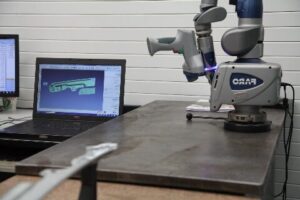
Inspection Tools Used in Sheet Metal Manufacturing
In sheet metal fabrication, precision is not just a goal — it’s a requirement. A single misalignment of 0.2 mm can cause door panels to
We regularly update articles related to the manufacturing industry.

In sheet metal fabrication, precision is not just a goal — it’s a requirement. A single misalignment of 0.2 mm can cause door panels to
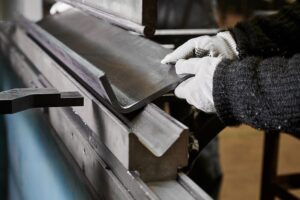
Outsourcing sheet metal production has become a strategic decision rather than a cost shortcut. According to a 2024 Deloitte manufacturing survey, over 65% of global
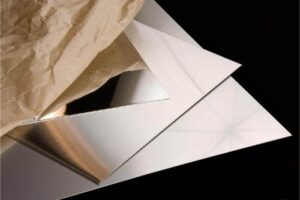
The surface finish of a metal part isn’t just about looks — it defines how a product performs, ages, and communicates quality. Whether you choose
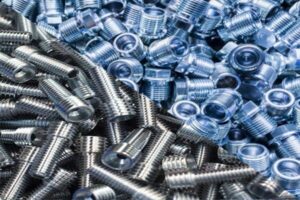
Metal corrosion is not just a cosmetic issue — it directly affects performance, safety, and long-term reliability. According to the World Corrosion Organization, global corrosion
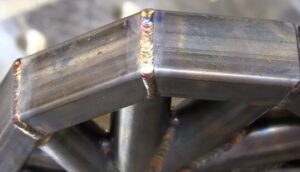
Weld strength depends on more than precise heat or skilled technique — the filler material also plays it role. The right filler determines how metals
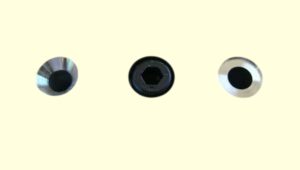
In sheet metal design, even a small detail like a hole can determine whether a product looks professional or fails in assembly. Many engineers face
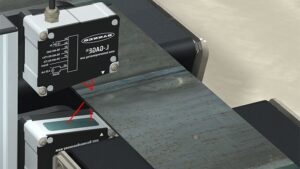
Selecting the correct sheet metal thickness can make or break a project. It defines how strong, light, and cost-efficient your product will be once it
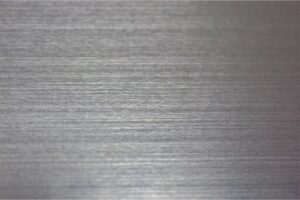
Many bending problems that fabricators face — from cracking edges to unpredictable angles — actually begin at the material level. Every rolled sheet carries a
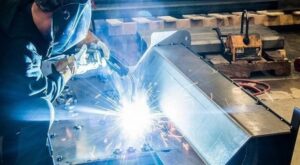
A welded part is never “finished” the moment the arc stops. Welded components can look completely different depending on how their surface is treated after
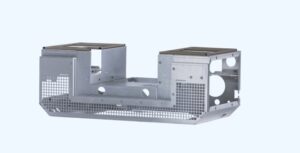
Medical equipment enclosures are not simple protective shells — they are interfaces that directly affect safety, sterility, longevity, ease of cleaning, and regulatory compliance. A
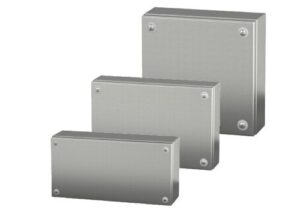
Choosing the right enclosure material isn’t just a preference — it determines durability, heat behavior, installation workload, corrosion life, and total operating cost over time.
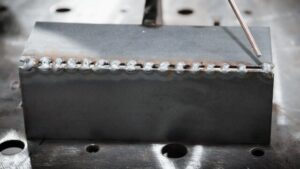
Warping in sheet metal welding isn’t accidental — it is predictable physics. When a weld heats the metal, it expands. When it cools, it contracts.
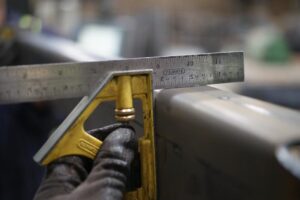
Quality control is not a final inspection step — it is the mechanism that decides whether sheet metal parts perform correctly in the field. A

Lead time affects every stage of a sheet metal job. It shapes planning, testing schedules, and how quickly a product reaches the market. When teams

A stable machine frame protects accuracy from day one. When the base does not shift under load, the entire machine operates with smoother motion and

In many factories, robots spend more time correcting misaligned parts than assembling them. Automation only performs as well as the parts it handles. A well-designed
We will contact you within 1 working day, please pay attention to the email with the suffix”@goodsheetmetal.com”